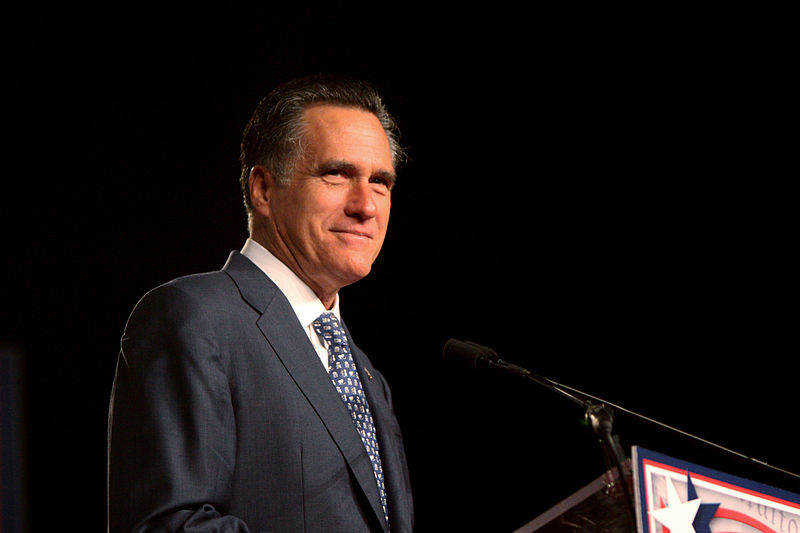
Never before have American electoral campaigns been as technologically sophisticated as they are today. Strategies for reaching narrow subsets of voters that were innovative just four years ago are now par for the course. Candidates and elected officials are better equipped than ever before to find, contact, and potentially persuade very specific segments of the American public.
Just as new technologies offer unparalleled tactical opportunities for the enterprising candidate to mobilize voters, challenges and complications crop up as well. As PRRI Affiliated Scholar Paul Djupe remarked in his recent post on this blog, “The trick is to convey a [campaign] message such that only the target group truly understands it.” Djupe is wise to use the term “trick” in this context. Communicating to one segment of the electorate without offending others can be a tremendously delicate balancing act. Every word a candidate utters is recorded for posterity—and made available to any interested web surfer—with breathtaking immediacy. In short, there is nowhere for a candidate to hide. Every action and statement, no matter how insignificant, must be designed both to avoid trip-ups and to maximize any opportunity to appeal for support to persuadable audiences.
Mitt Romney’s campaign confronts this challenge on an almost-daily basis. The extent and nature of the campaign’s use of religious references is just one of the many minefields through which Romney must navigate with care. The candidate has played down his personal Mormon faith, but has not hesitated to harness “religion” under other guises for political gain. For example, Romney recently rolled out a television ad directly accusing the Obama administration of “declaring war on religion.” Although the ad never references the Affordable Care Act’s birth control provision mandate, it unsubtly targets Catholic voters by showing Romney quoting Pope John Paul II. Two additional late-summer episodes involving the Romney campaign and religion illustrate my point further.
1. In the wake of the July 20 movie theater shooting in Aurora, Colorado, Romney made a statement heavily infused with religious rhetoric. The statement includes the following sentence: “Our prayer is that the comforter might bring the peace to their souls that surpasses our understanding.” The phrase “the comforter” appears to be an allusion to the Pentecostal hymn “The Comforter Has Come” (which, notably, was scored by a black man, William J. Kirkpatrick). This hymn has moved from the revival tents of the early twentieth century to today’s contemporary Christian music scene, with the popular Christian rock band Jars of Clay releasing their version of it in 2001. Romney’s canny allusion to The Comforter—as he auditioned to play the civil religious role of “comforter in chief”—probably was designed (at least in part) to resonate with two subsets of the evangelical Protestant electorate whose votes might be somewhat more challenging for Romney to secure: Pentecostals (in all of their remarkable diversity) and young evangelicals (some of whom dipped their toes into Democratic waters by supporting Obama in 2008).
2. The great political scientist Richard Fenno observed in 1978 that any candidate’s “personal” and “primary” constituencies—that is, the sets of voters who are closest and most loyal to the candidate—must not be ignored. Thus it should come as no surprise that a grassroots movement is afoot in Utah to remind Mormon voters that Romney is one of their own—even though he does not trumpet his LDS faith on the campaign trail. Bumper stickers, buttons, and even trendy wristbands are being made available with the slogan “Romney: Choose the Right” emblazoned on them. The phrase “Choose the Right” might not be meaningful to non-LDS voters, but within Mormon circles these words are familiar. When one “chooses the right,” he or she behaves righteously; Mormon children learn this phrase from a young age, and some Mormon adults wear rings bearing the letters “CTR.” Although the Romney campaign itself did not launch this initiative, undoubtedly it is helpful on the ground for mobilization and fundraising reasons.
Appealing to enough subsets of the American electorate to win a national election is a proposition fraught with difficulty. Even though Americans appear politically polarized on the surface, the reality is that many voters are either moderate, alienated, or both. Thus Obama and Romney must spend much of their time between now and November 6 choreographing and performing a wide range of courtship dances with different groups of Americans—some of whom are eager to take a spin around the floor, some of whom are wallflowers, and others whose feelings might be irreparably hurt if they perceive their favored suitor to be dancing with the wrong partner(s).